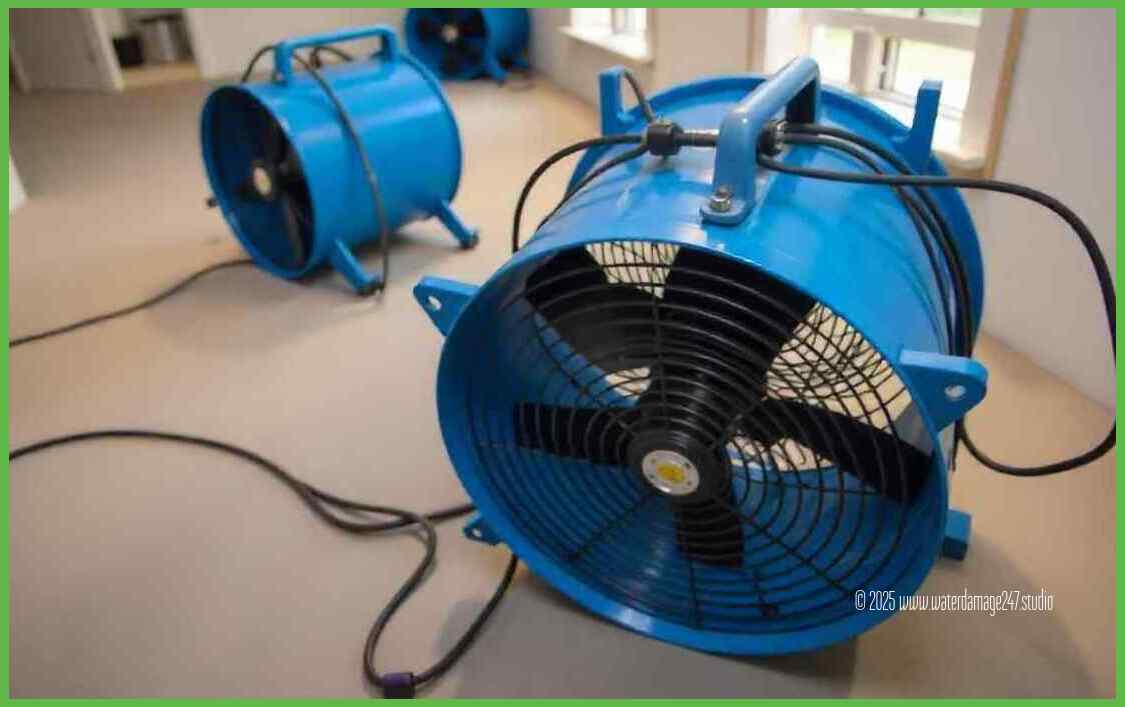
Identifying Wind-Induced Cracks:
During a severe storm or flooding event, high winds can cause significant stress on your property's external surfaces. Identifying wind-induced cracks in your siding is essential before embarking on repairs:
1. Visual Inspection: Conduct a thorough visual inspection of all sides of your house, paying close attention to areas where two pieces of siding meet or around windows and doors.
2. Moisture Intrusion: Look for signs of moisture intrusion such as paint peeling off or stains forming along with visible cracks.
3. Structural Shifts: Examine any shifts in structure that might have occurred during the flood, as these changes may lead to additional stressors on the siding.
Repairing Wind-Induced Cracks:
Once you've assessed the extent of damage caused by wind-driven forces during floods, it's time to address repairs promptly:
1. Cleaning and Drying: Begin by thoroughly cleaning out loose debris from cracked areas and allow them adequate time to dry completely before proceeding.
2. Caulking and Patching Agents: Apply quality caulking material into small hairline cracks while using patching agents suitable for larger fractures allows you better control over filling gaps effectively.
3. Replacing Damaged Sections: If some sections are beyond repair due to extensive cracking or other forms of severe weather-related damage, professional assistance may be required to replace the affected siding pieces.
Preventing Future Wind-Induced Cracks:
While repairing existing wind-induced cracks is important, taking preventive measures can significantly reduce the likelihood of recurring damage:
1. Reinforcing Anchors: Ensure that all siding components are appropriately anchored and firmly secured to avoid potential loosening during high winds.
2. Regular Maintenance: Implement a regular maintenance routine that includes inspections, cleaning, and repairs of minor cracks or loose sections promptly.
3. Storm Shutters: Consider installing storm shutters as an additional layer of protection over windows during severe weather events to mitigate wind's impact on your home's exterior.
When addressing flood damage repair for your home, don't overlook the importance of inspecting and restoring damaged siding from wind-induced cracks. Undertaking immediate repairs using suitable materials and techniques can help maintain both your property's aesthetic appeal and its structural integrity in future extreme weather events. By also implementing preventative measures such as reinforced anchoring systems or storm shutters, homeowners can ensure their homes are more resilient against potential wind damage caused by flooding disasters.